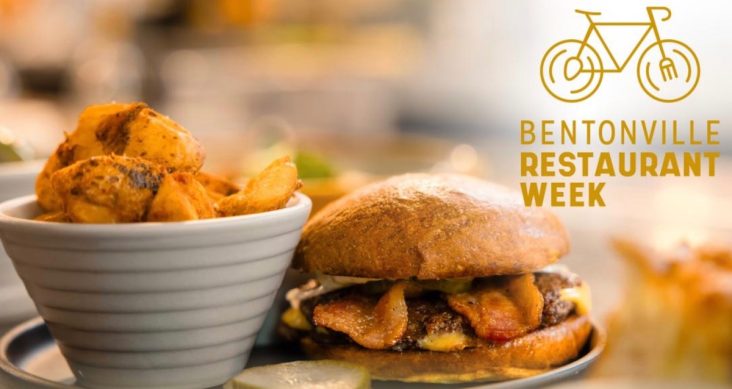Study: Visitors make up 49% of Bentonville restaurant sales
by August 5, 2024 3:57 pm 317 views

Ahead of restaurant week (Aug. 18-24), Visit Bentonville has released a study showing that visitors spent an average of $77 in a city restaurant in 2023, up from $73 in 2022. The study also found that 49% of Bentonville restaurant sales come from visitors.
Salt Lake City-based Zartico, a technology company that uses data and artificial intelligence to help visitor recruitment agencies with strategic planning, conducted the restaurant report for Visit Bentonville.
According to Zartico, a visitor is someone who has traveled at least 50 miles from where they live and/or work, who stayed more than two hours and visited at least one attraction.
Following are some of the findings from Zartico’s study.
• For every four people eating at Bentonville restaurants, about one is a visitor.
• Top visitor markets outside of Northwest Arkansas include Little Rock, Springfield, Mo., Dallas, Tulsa, Kansas City, Mo., Oklahoma City, Joplin, Mo., Houston, and St. Louis.
• Little Rock contributes to the largest visitor market and the most in visitor spend concerning food. Dallas represents the highest average visitor spend at restaurants.
• Of the total visitor spend, 50.2% is for food,, 18.5% for lodging, 11% for retail/shopping, and 9.6% for fuel/gas stations.
“The results from this study highlight the contribution of tourism to our local food economy,” Kalene Griffith, president and CEO of Visit Bentonville, noted in a statement. “Bentonville’s food scene is a draw year-round. We are thrilled to continue our efforts to showcase our wonderful offerings to visitors near and far.”
One of the advocacy items from the report is to target visitors from Dallas. Visitors from that metro have the highest average spend per visitor, and the more than five-hour drive makes it more likely the visitor will stay overnight, according to Zartico. Another action item was to “Leverage culinary” as an attraction during slower periods of the year “to bolster a year-round visitor economy.”
